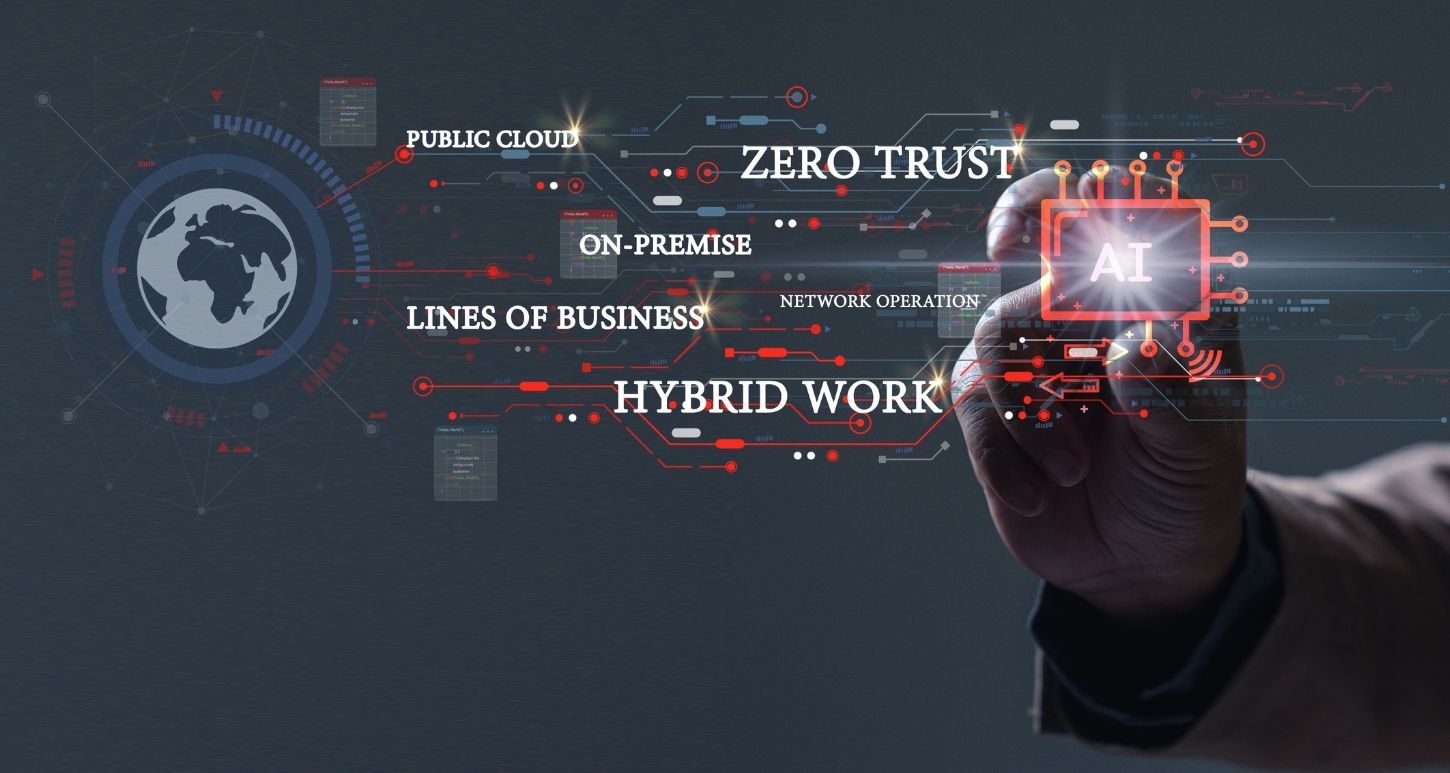By Richard Arneson
Whether you’re looking to implement a virtualization strategy, or are in the market to replace your current solution, you’ve got a decision to make―which hypervisor should I purchase? Remember, hypervisors are basically a platform for VMs and abstract physical resources from host hardware, such as, among other things, memory and processor. And each of the physical resources can be abstracted for each of the virtual machines at a physical level. For instance, a single server can be virtually turned into many, which allows multiple VMs to run off a single machine. (Click here for a refresher on the difference between hypervisors and containers).
First, determine which type of hypervisor you need
If you need to buy a bicycle for your upcoming 3-week mountain biking trip through the Sierra Nevada, you wouldn’t go shopping for a road bike with super narrow tires that can barely withstand the pounding of a pebble. You want a mountain bike that will fit the experience and help keep you upright while speeding down rocky, abandoned fire roads. You want the bike that will give you the best chance of success, enjoyment and safety. Hypervisors are no different.
While hypervisors perform an extraordinary service, there’s no doubt that naming the two (2) varieties was given little thought. Here they are―Type 1 and Type 2.
A Type 1 hypervisor is also referred to as bare metal, which simply means that it runs on the customer’s hardware. Type 1 hypervisors are the faster of the two (2), and require no OS acting as an intermediary, or middle layer, to slow it down.
A Type 2 hypervisor runs as a separate computer program on an OS, such as Windows or Linux. While they perform slower, they’re much easier to set up and great if a test environment needs to be quickly spun up.
Performance
If commodity isn’t the most over- and misused term in the IT industry, then it’s got to be a close second. There are some with the temerity to claim that hypervisors are a commodity, and that there’s little difference from one (1) to the next (it’s a pretty good bet that their sales numbers will somehow benefit from that uninformed characterization).
After determining the type of hypervisor you’ll need, it’s time to decide which is more important, high availability or flexibility, as in the need squeeze every ounce of performance from, as an example, CPU and RAM?
Hypervisors, unlike commodities, vary greatly from manufacturer to manufacturer. They’re complex, which is a given considering what they do, including, but not limited to, virtualizing all hardware resources, managing and creating VMs, handling all communications between VMs, and creating resource pools and allocating them to specific VMs. A commodity? Yeah, right.
Management Tools
If “hands-on” describes your VM management philosophy, then determining which hypervisor provides the best and/or most management tools should be a consideration. And those tools in question don’t just refer to ones of the out-of-the-box variety; understanding what are available as add-ons from 3rd party developers should represent part of your purchase criteria.
Overall Environment
If you think you’ve found the mountain bike you’d like to buy, but its support, documentation, and ability to utilize 3rd party accessories are limited, you might want to reconsider. The same holds true for hypervisors. If its support, including documentation, active and easily accessible user community, and ability to accommodate 3rd party developers is limited, this should weigh into your decision. That’s not to say you’ve found a lemon and it should be stricken from the mix, but deficiencies in these areas could prove frustrating, even costly, down the road.
Oh, yeah, the cost…
Pull out your paper and pen for the Pro’s & Con’s List. In short, you’re looking to strike the perfect balance between functionality and cost. Here’s where it gets tricky―the price range of hypervisors is wide, as in Pacific Ocean-wide. Some are not only priced to move, but are practically given away. Also, make certain you understand any associated licensing.
And, yes, you can utilize hypervisors from multiple vendors, but management tools, for instance, will vary from vendor to vendor, making management more complex. But if, for instance, certain workloads are less mission-critical than others, using different hypervisors might be the way to go.
…or you can turn to the hypervisor and hyperconvergence experts at GDT
The talented solutions architects and engineers at GDT have implemented a wide array of solutions for organizations of all sizes, including enterprises, service providers and government agencies. They are highly skilled at implementing solutions from GDT premier partners, including VMware for hypervisors, and hyperconverged solutions from HPE (SimpliVity), and Cisco (HyperFlex). You can reach them at SolutionsArchitects@gdt.com or at Engineering@gdt.com. They’d love to hear from you.




